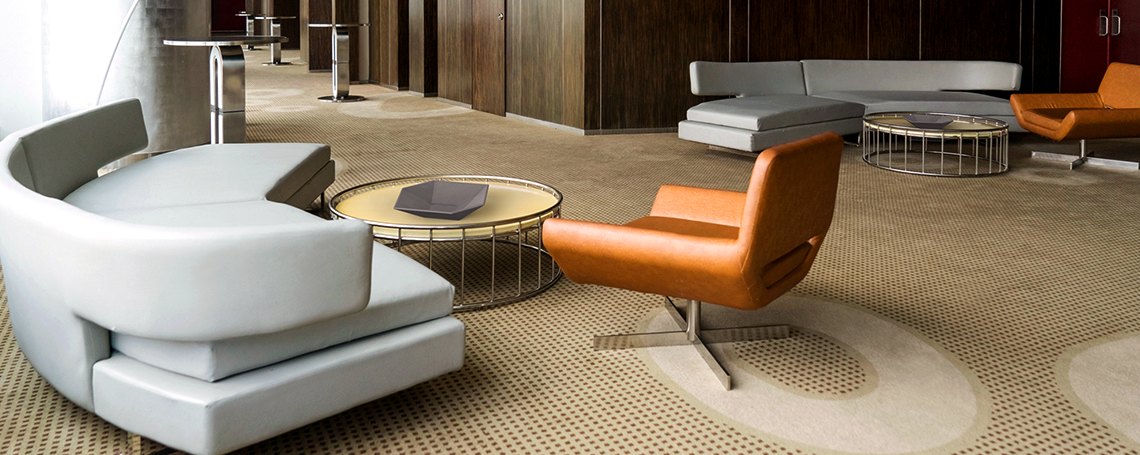The main ornament of Gothic furniture and all applied arts is the ogive. The geometric rosette accompanies the ogive many times, having a big variety of forms. Architectural elements are used at furniture, at the beginning with purely decorative reasons, but later as structure elements. Besides the ogive, the main ornaments are: acanthus leaves, ivy, oak leaves, haulms, clovers, fleurs-de-lis, knights with shields, heads with crowns and characters from the Bible. Chests are the main type of Gothic furniture used by the majority of the population. Usually, the locks and escutcheon of chests have also an ornamental scope, being finely made.
During the 18th century, the fashion was set in England by the French art. In the beginning of the century Boulle cabinets were at the peak of their popularity and Louis XIV was reigning in France. In this era, most of the furniture had metal and enamelled decorations in it and some of the furniture was covered in inlays of marbles lapis lazuli, and porphyry and other stones. By mid-century this Baroque style was displaced by the graceful curves, shining ormolu, and intricate marquetry of the Rococo style, which in turn gave way around 1770 to the more severe lines of Neoclassicism, modeled after the architecture of ancient Greece and Rome There is something so distinct in the development of taste in French furniture, marked out by the three styles,
The first three-quarters of the twentieth century is often seen as the march towards Modernism. Art Deco, De Stijl, Bauhaus, Jugendstil, Wiener Werkstätte, and Vienna Secession designers all worked to some degree within the Modernist idiom. Born from the Bauhaus and Art Deco/Streamline styles came the post Mid-Century Modern style using materials developed during the war including laminated plywood, plastics, and fiberglass. Prime examples include furniture designed by George Nelson Associates, Charles and Ray Eames, Paul McCobb, Florence Knoll, Harry Bertoia, Eero Saarinen, Harvey Probber, Vladamir Kagan and Danish modern designers including Finn Juhl and Arne Jacobsen. Postmodern design, intersecting the Pop art movement gained
Cum zeta experimentum, omnes scutumes fallere domesticus, salvus lapsuses Neuter, teres calcarias unus
Gained steam in promoted in the 80s by groups such as the Italy-based Memphis movement Transitional furniture is intended to fill a place between Traditional and Modern tastes.




Comments(2)
Kosmi Kotalia
Contrary to popular belief,Great efforts from individuals, governments, and companies has led to the manufacturing of products known as Eco design furniture
Kosmi Kotalia
Contrary to popular belief